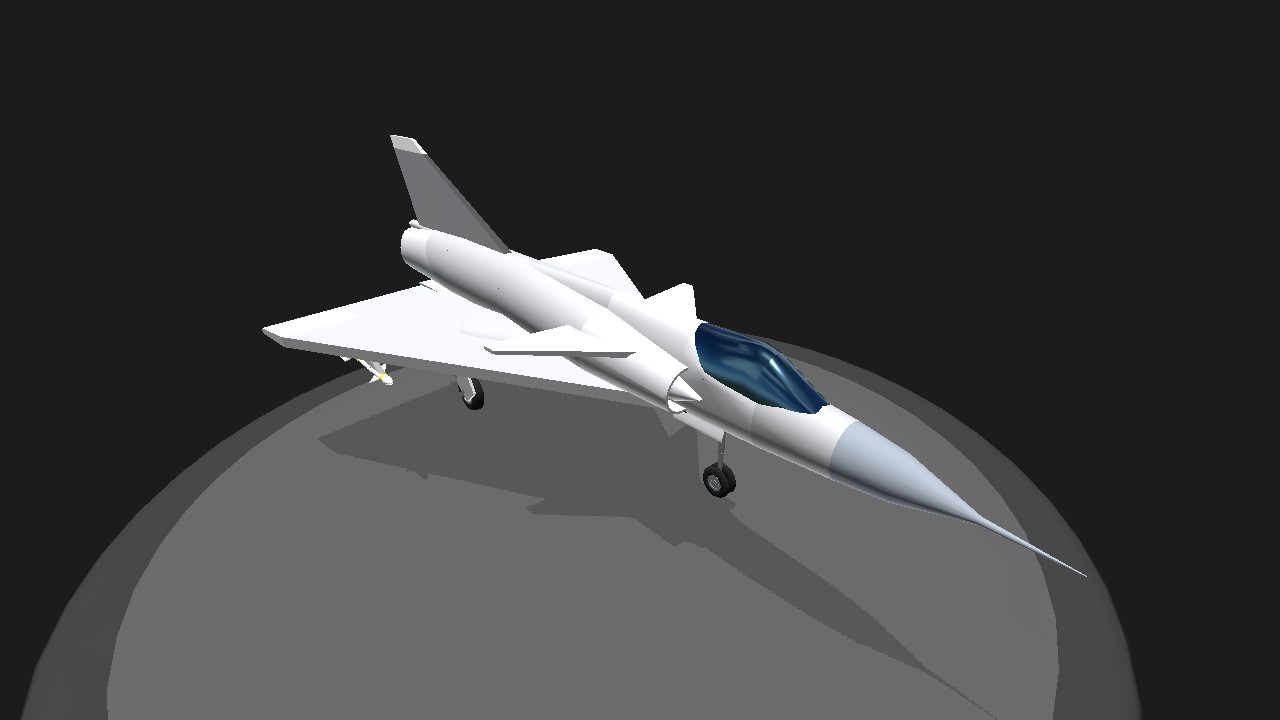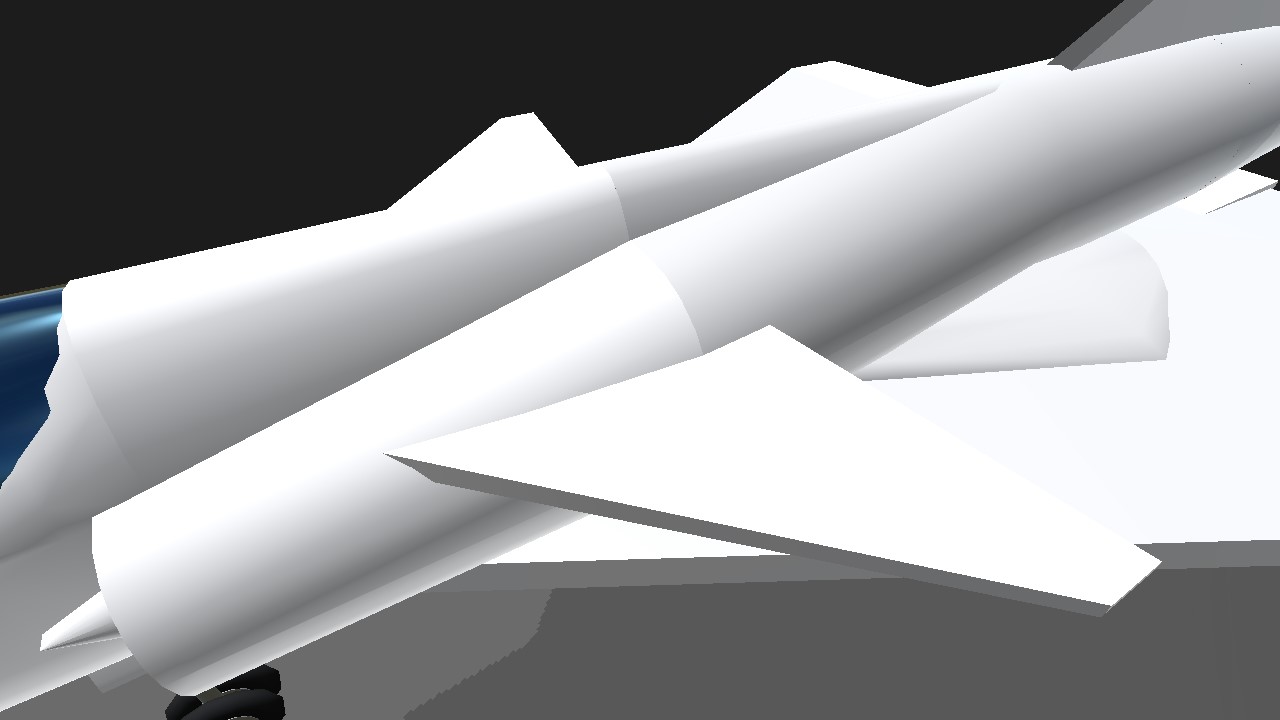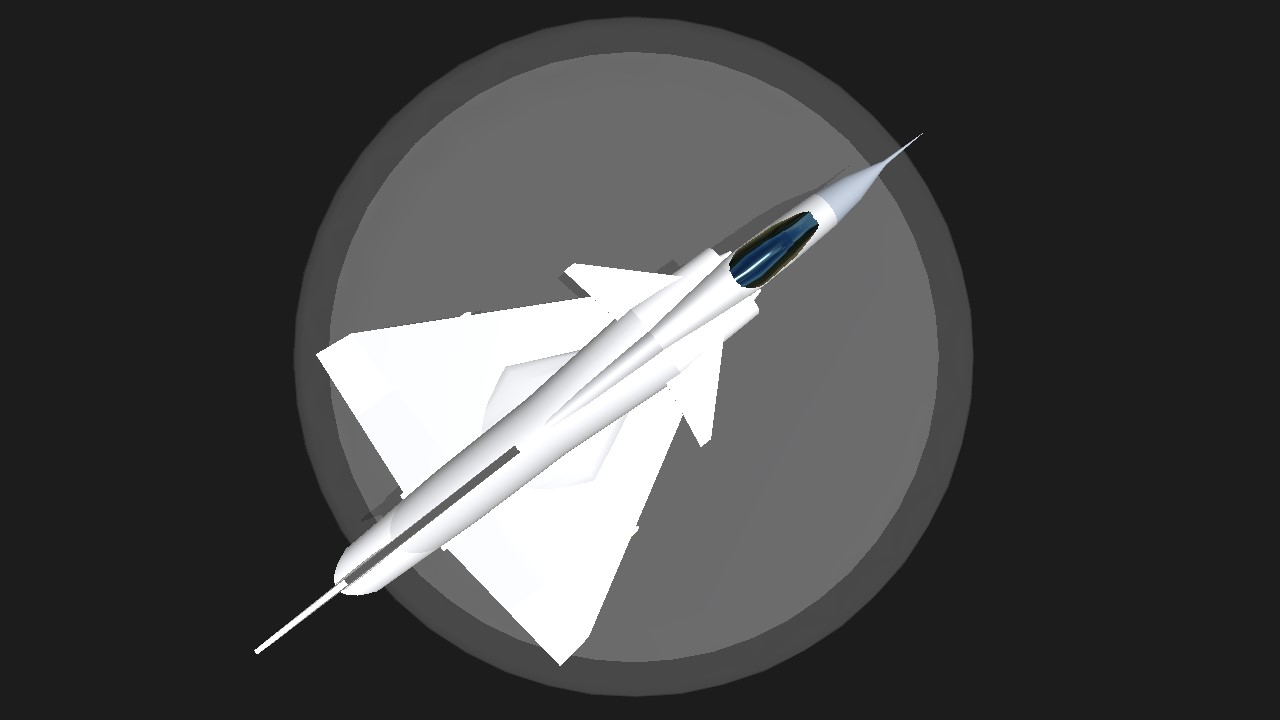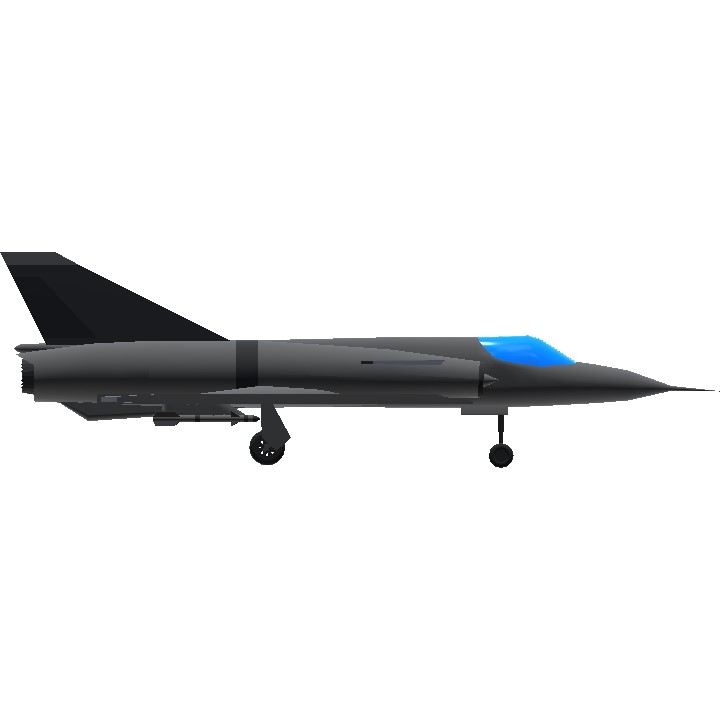Dassault Mirage III (IIIE variant)
The Dassault Mirage IIIE, a Mach 2+ strike/ground attack fighter jet, is a legendary aircraft that played a crucial role in the Cold War and beyond. Evolving from the successful Mirage III family, the IIIE represented a significant leap in capability, blending interceptor speed with effective ground attack prowess. This long description will delve into the design, capabilities, variants, operational history, and potential nicknames this iconic fighter might have garnered in the online communities where it's discussed.
The Mirage IIIE's lineage traces back to the French pursuit of a lightweight, high-performance interceptor. Dassault's design philosophy emphasized simplicity, maneuverability, and high speed. The delta wing configuration, a hallmark of the Mirage family, provided exceptional high-speed performance and handling, albeit at the cost of less efficient low-speed flight.
The IIIE differed from earlier Mirage III variants through key improvements. The most significant was a stretched fuselage, providing increased internal fuel capacity and avionics space. This extended range was crucial for its expanded strike role. The avionics suite was also upgraded, incorporating a Cyrano II radar system (later Cyrano IV on some variants) for improved air-to-air and air-to-ground targeting. This radar was capable of providing ranging and tracking information, allowing for more effective use of air-to-air missiles and ground attack weapons.
The powerplant was typically a SNECMA Atar 9C turbojet engine, providing substantial thrust for reaching Mach 2.2 speeds. The Atar 9C was a robust and reliable engine, albeit somewhat thirsty, which further emphasized the need for increased internal fuel. The engine also featured afterburning, providing a significant boost for takeoff, acceleration, and combat maneuvering.
The airframe itself was constructed primarily of aluminum alloy, leveraging advanced (for the time) manufacturing techniques to minimize weight and maximize strength. The delta wing was thin and highly swept, contributing to the aircraft's exceptional supersonic performance. In addition, the IIIE featured leading-edge slats for improved low-speed handling, a crucial factor for takeoff and landing on shorter runways.
Possible Nicknames - Given its characteristics and operational history, here are some potential nicknames the Mirage IIIE might have garnered in online forums dedicated to military aviation, based on observations of real-world and fictional aircraft nicknames:
"Delta Dart": A common nickname for delta-winged aircraft, emphasizing its speed and arrow-like shape. This nickname is straightforward and descriptive.
"Le Tigre" (The Tiger): A French nickname, highlighting its agility and predatory role. It is a common theme for fighter aircraft.
"The Mirage": A simple, yet recognizable shortening of its official name. It points to its elusive nature due to its speed.
"Eye-Three-Echo": Phonetic alphabet for IIIE, used as the common abbreviation in forums.
"The Breadvan": Australian nickname due to the shape when carrying underwing fuel tanks.
The specifics of the forum discussions would likely reveal more creative and humorous nicknames, potentially related to specific combat engagements or quirks of the aircraft. For example, a nickname referencing its fuel consumption, such as "The Thirsty Mirage" or "Fuel Hog", could be common. Another possible source of nicknames would be related to specific operators, such as "[Country Name] Mirage" or "[Air Force Squadron Name]'s Dart".
- About the variant
Mirage IIIS C.70 by F+W Emmen "The Touge Delta"
The C.70 refers to the upgrade program done in the late 80s to 1990s to extend the service life of the remaining Mirage IIIS fleet. During this upgrade, the aircraft were fitted with canard foreplanes to improve handling and maneuverability, particularly at lower speeds and higher angles of attack.
The Mirage IIIS C.70 served the Swiss Air Force for several decades, providing a capable and versatile multi-role fighter. While ultimately replaced by more modern F/A-18C Hornet at the end of 1999, it remains a symbol of Swiss aviation and engineering.
"Swiss Knife": A play on the Swiss Army Knife, highlighting the jet's multi-role capabilities and Swiss origins.
"Canardly": A pun based on the 'Canard' foreplanes added during the C.70 upgrade and the word 'Canardly'.
"Alpenflitzer" (German for "Alpine Dasher"): Refers to the jet's service in the Swiss Alps.
"Stumpy": A somewhat derogatory nickname referring to the short length of the fuselage compared to other fighters, and also a reference to short field take offs.
"Stubi": A affectionate nickname referring to the short length of the fuselage compared to other fighters, and also a reference to short field take offs.
"Short Fuse": A double meaning, referencing both the short-field performance and potentially the aircraft's aggressive role.
"The Upgraded Cheese": Humorous, referencing Swiss cheese and the mid-life modifications.
"Canard King": A nickname appreciating the canard installation in the Mirage IIIS.
C O N T R O L S
Trim : Flaps, cruising 'rotate' adjuster
VTOL : Further flaps
T R I V I A
- Just simply remove the canard and you simply got the standard Mirage IIIE variant:)
Specifications
General Characteristics
- Created On Android
- Wingspan 26.6ft (8.1m)
- Length 48.7ft (14.8m)
- Height 14.6ft (4.5m)
- Empty Weight 1,832lbs (831kg)
- Loaded Weight 5,864lbs (2,660kg)
Performance
- Power/Weight Ratio 7.541
- Wing Loading 14.1lbs/ft2 (68.9kg/m2)
- Wing Area 415.8ft2 (38.6m2)
- Drag Points 2366
Parts
- Number of Parts 72
- Control Surfaces 5
- Performance Cost 532






